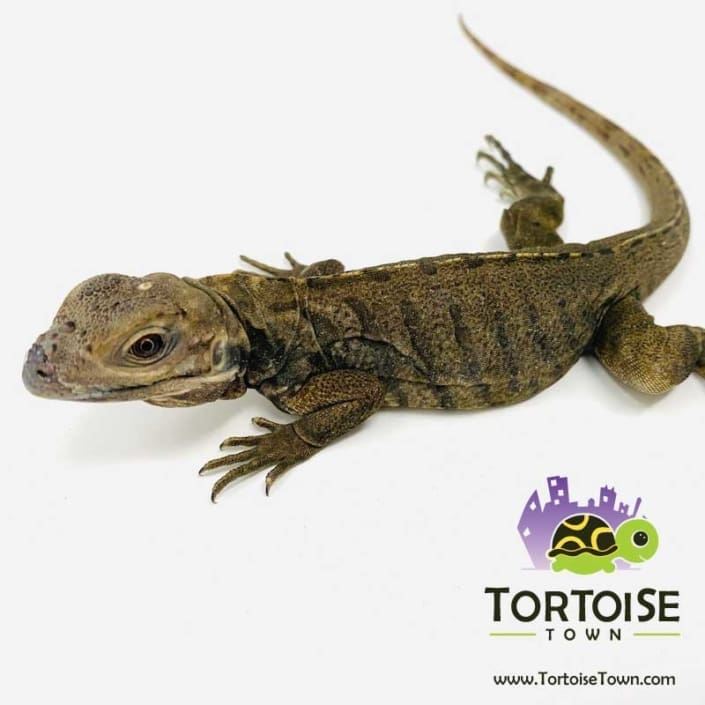

Rhinoceros Iguanas | Bristol Zoo | Bristol Zoo. “Cyclura cornuta” (On-line), Animal Diversity Web. Rhinoceros Iguana Facts And Information | Seaworld Parks & Entertainment. When moving they rise up on their long legs so their body is off the ground and have their head held up.īurnie, D., 2011. Animal.


At night they will retreat to a hollow trunk or cave where they can rest. Rhinoceros iguanas are primarily terrestrial and rarely climb.Īs an ectotherm they must bask in the sun to generate body heat. Sexual maturity is reached between 2 and 3 years old. After hatching the eggs are independent with no further parental care provided. Females remain with their nests for the first few weeks of the incubation period to ward off predators.įemales will dig a burrow of up to 1.5m (5ft) long in the sand where the eggs are laid. This occurs 40 days after mating takes place. These displays include a range of body movements such as head-bobing and gyrating along with raising up the spines on their back.įollowing a successful mating the female will dig a nest hole in to which she deposits up to 20 eggs. Males will perform displays which both attract a mate and help to ward off rival males. During breeding season the male will become highly territorial. (2004), "The Evolution of Iguanas: An Overview of Relationships and a Checklist of Species", Iguanas: Biology and Conservation, University of California Press, pp.Mating begins during May.
Rhinoceros iguana skin#
These lizards varied in length from 60 to 136 cm (24 to 54 in), with skin colors ranging from a steely gray to a dark green and even brown, and possessed a bony-plated pseudo-horn or outgrowth which resembled the horn of a rhinoceros.
Rhinoceros iguana full#
In 1999, Dr Robert Powell wrote that, based on these prior studies, this animal should be elevated to full species status, distinct from C. cornuta on the basis of this single character (distinctly smaller dorsolateral scales) (plus perhaps other modalities), but to do so would obscure its obvious affinities with the latter species.” The IUCN still considers the iguana to be its own species C. In 1977, Schwartz and Carey wrote “It is even conceivable that onchiopsis should be considered a species distinct from C. cornuta 90 years later, based on the writings of Thomas Barbour and Robert Mertens, yet presented numerous data relating to scale count that suggested otherwise. Herpetologists Albert Schwartz and Richard Thomas officially reclassified it as a subspecies of C. nigerrima, due to the animal's almost black coloration. In 1885, Cope first described the lizard as two species in the same paper: C. The species was first described by American herpetologist Edward Drinker Cope in 1885. Its specific name, cornuta, is the feminine form of the Latin adjective cornutus, meaning "horned" and refers to the horned projections on the snouts of males of the species. Cyclura cornuta onchiopsis, the Navassa Island iguana, was a subspecies of rhinoceros iguana that was found on the Caribbean island of Navassa.


 0 kommentar(er)
0 kommentar(er)
